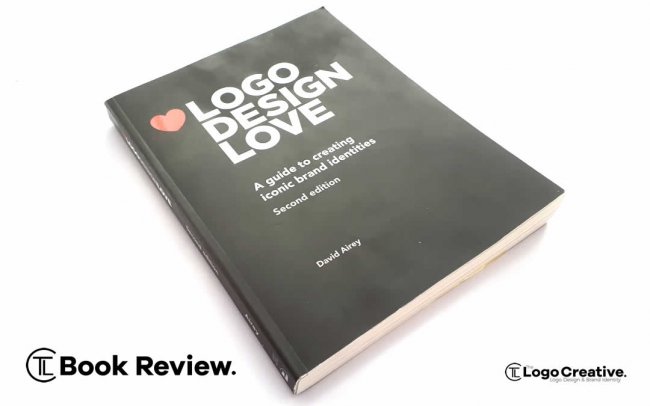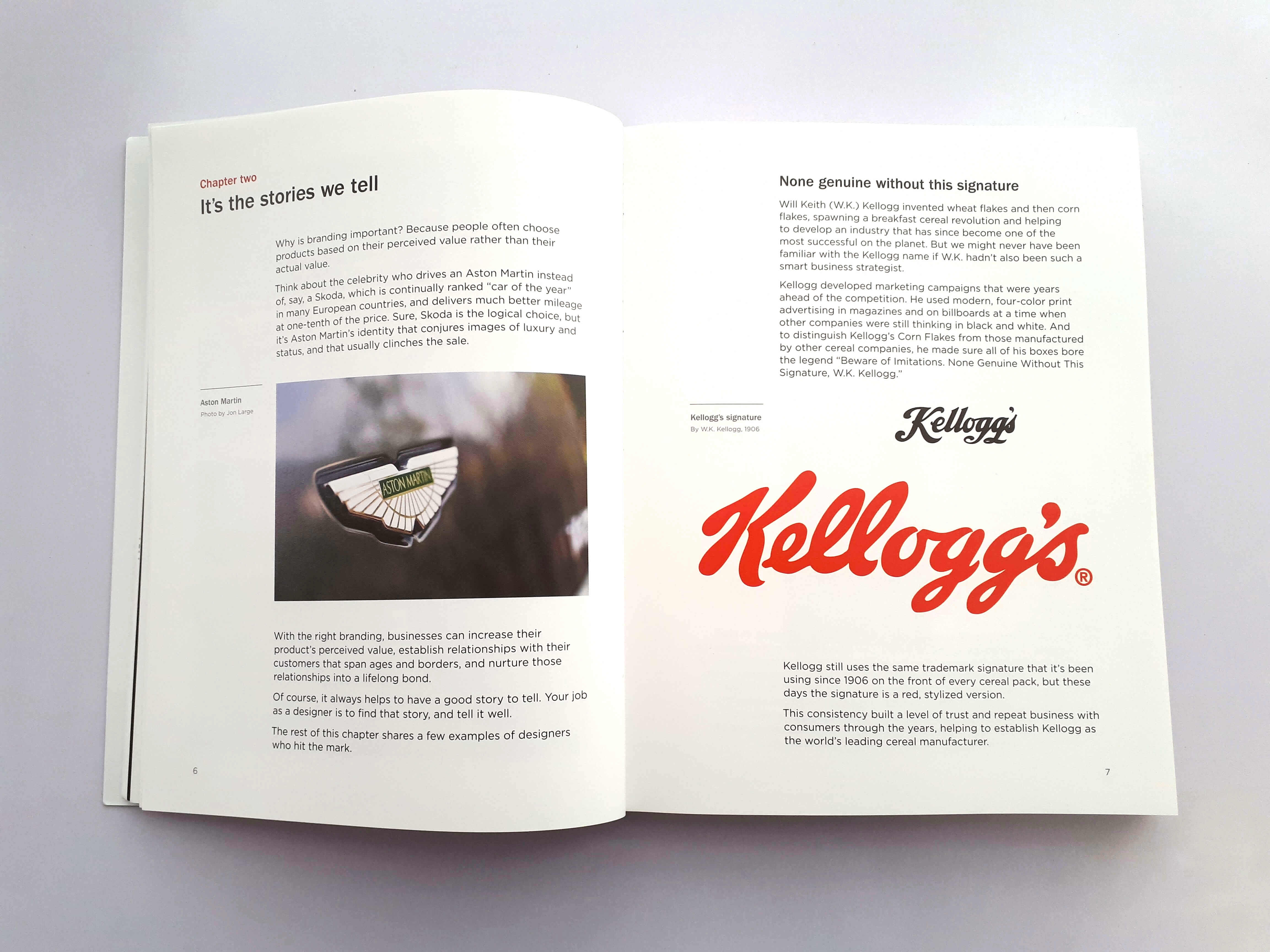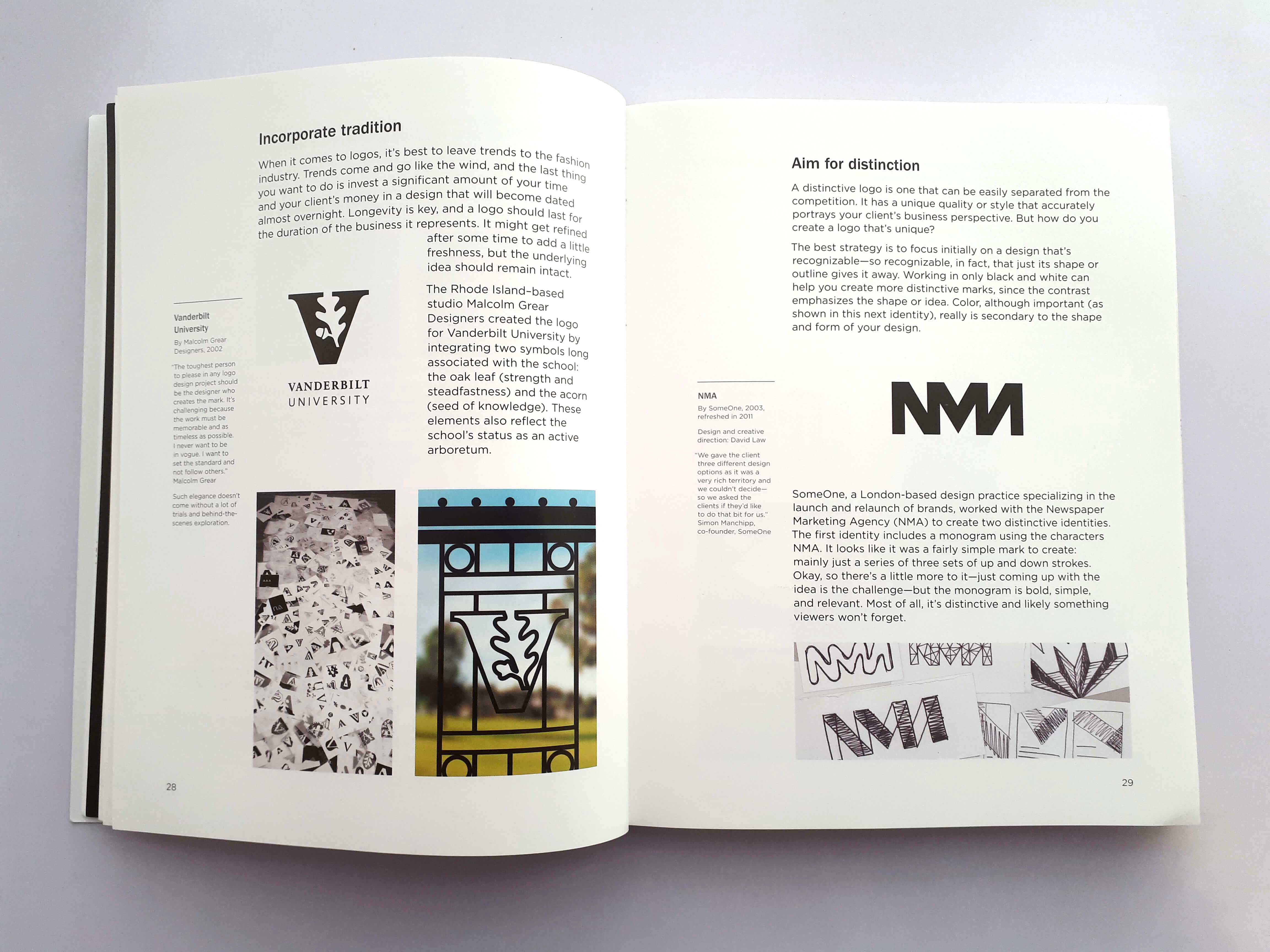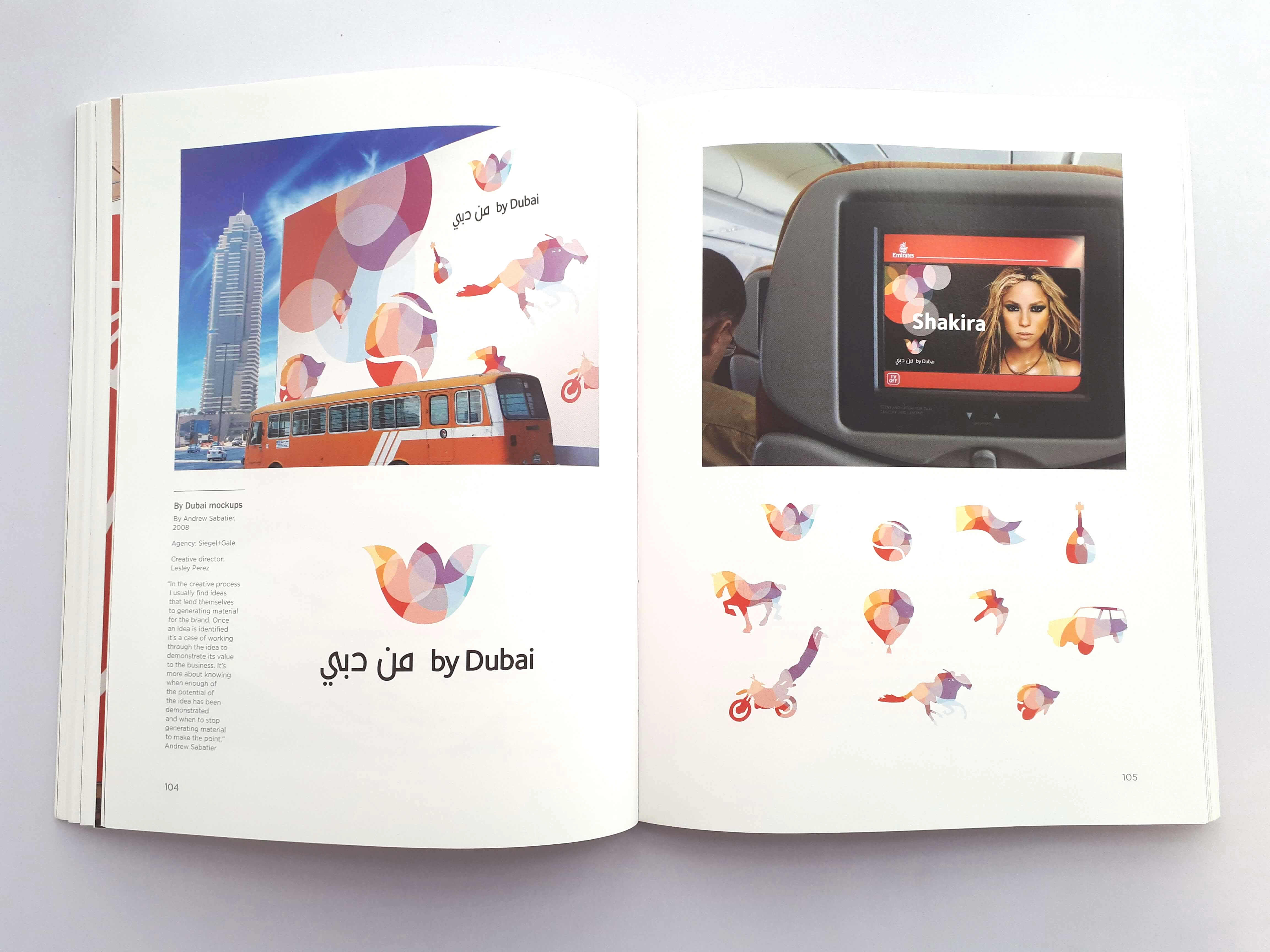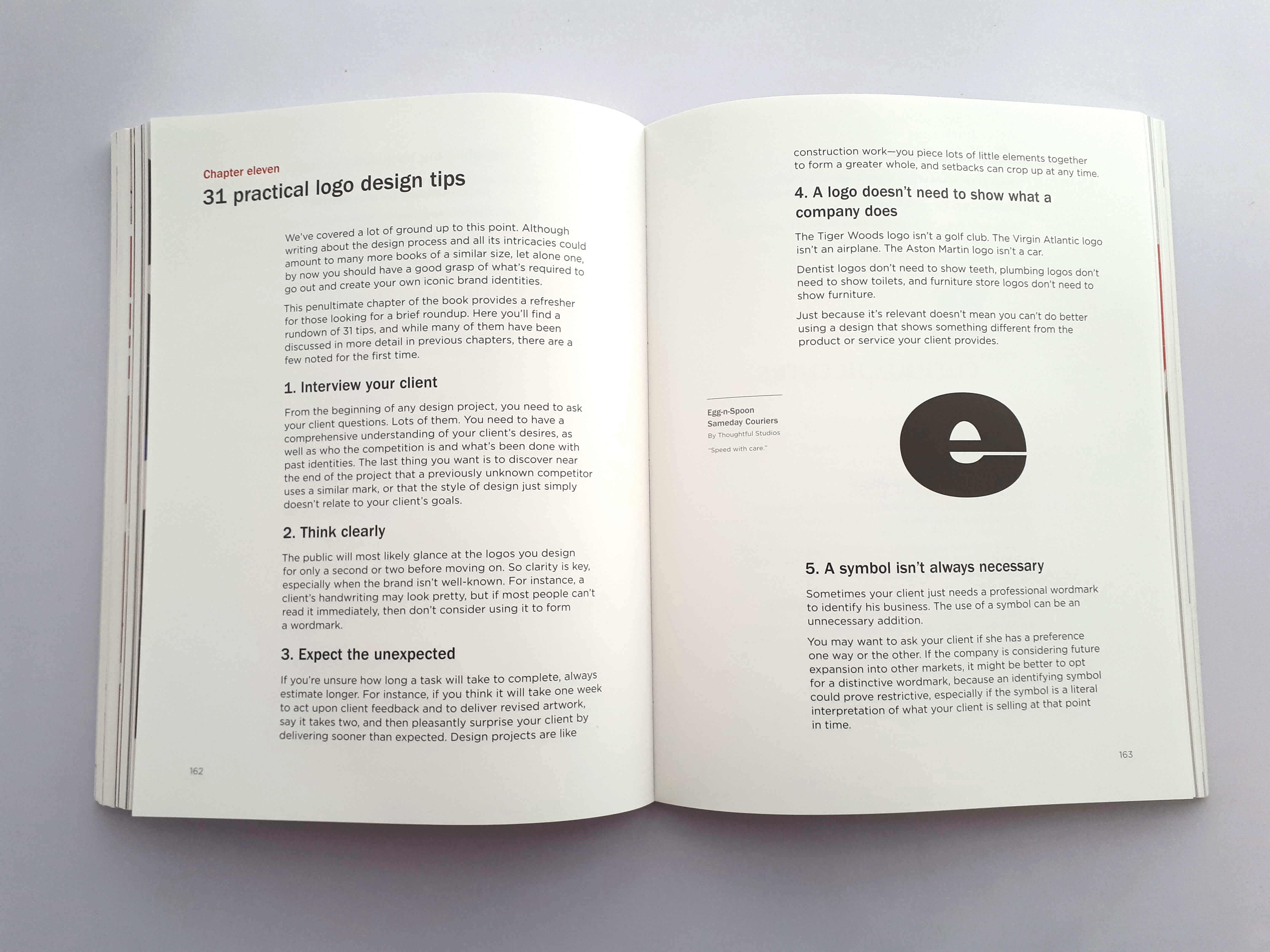In this Logo Book Review, we are going to be taking a look at Logo Design Love by David Airey – A guide to creating iconic brand identity’s published in 2009 and a popular logo design book by David Airey an Irish Graphic Designer. The book has received a vast amount of credit from the design community and can be found on the bookshelves of thousands of logo designer’s around the world.
I have had this book since it was first released and it’s been a very valuable resource for me over the past 9 years. It’s one of those books I think every logo and brand identity designer should own. It’s perfect if you’re just starting out or if you’re like me and experienced designer whos been in the game for near two decades it’s also worth owning!
Table of Contents
The importance of brand identity
The first three chapters of Logo Design Love by David Airey are concerned with outlining a brief history of brand design with fascinating examples of modern-day brands and their perceived values contributing to a wider-known worldwide brand.
A great example can be found in chapter two on page 6
Example: Think about the celebrity who drives an Aston Martin instead of a Skoda which is continually ranked “Car of the year” in many European countries due to its reliability, mileage etc. The Skoda would be the logical choice but it’s Aston Martin’s identity which conjures up images of luxury and class that clinches the deal and typically sways the decision of a buyer due to the status it holds of owning such a car. This is the power of branding.
Chapter 2 ends with David Airey once again picking up on the fact we should rethink the importance of brand identity: “The perceived value of a service or product is usually greater than the actual one” (and this statement is very true!). The same brand mark seen time and time again helps build trust and thus helps keep customers coming back for more, logos fundamentally help people remember their experiences with companies. As I always say ” A logo is a company’s unique visual identifier”
The essence of Chapter 3 outlines the Elements of Iconic Design, David states that “Anyone can design a logo, but not everyone can design the right logo“, the elements of iconic design are as follows:
- Keep it simple
- Make it relevant
- Incorporate Tradition
- Aim for Distinction
- Commit to memory – David mentions “A solid iconic design is one that onlookers will remember after just one quick glance”
- Think small – A logo needs to scale to all sizes, from a billboard to a clothing label, scaling is very important.
- Focus on one thing – Design that one powerful feature that will make your mark stand out.
The Process of Design
The next 5 chapters purely focus on the process of design, including dealing with clients and setting up a good design brief, something that a lot of designers could really improve. David begins the section by outlining that the client-designer relationship doesn’t always run as smooth as it should. He progresses to mention something that ALL designers should remember:
Gathering vital information from a brief such as the name, years in business, background history etc all contribute towards a more accurate design brief and fundamentally a better piece of work will be produced first time round to a prospective client.
Skirting the Hazards of a Redesign
This chapter really emphasizes the potential pitfalls of a redesign, giving the rebrand of “Tropicana” particular emphasis. In 2009 PepsiCo lost £33Million when they attempted a rebrand, losing the iconic “straw in orange” graphic and logotype. David also talks about the Coke rebrand in 1985 where they changed the look AND flavour of the product, and this was due to a select group of people who pressued the company into changing its look and feel, even when there was nothing wrong with the original formula and branding.
David brings up an important point, that you must be diplomatic when accepting the reasons for a redesign. Sometimes clients may just look at their brand and simply feel its not right “on the day”, or similar to Coke, be pressured by others to change it and give it more “pizzaz”. This chapter really emphasized how important it is to be diplomatic with clients, sit down with them and fully understand their reasoning for a rebrand, why they think it is necessary, what they want to achieve, and how you as the professional designer can help them to achieve their goal
Pricing Design, Sketching, and Presenting Work
As a brief overview of Chapters 6-8, David goes into much detail about how to price your design, which includes factors such as your level of expertise, turnaround time, level of demand and of course the current economy. These are all things that need to be taken into consideration as a designer, we have costs and bills to pay so always take a 50% downpayment on a brief and encourage the company to avoid spec work, the bane of every designer’s life.
Sketching & Conceptualisation
In Chapter 7 David outlines how to properly brainstorm ideas for logo design. These include putting pen to paper and doing a traditional mindmap. The pencil is your best friend, and with a Logo Design Sketchbook, you can come up with your ideas before jumping into Illustrator with no real clue of the direction you’re going to take, You can waste some much time when you don’t plan your actions.
Chapter 8 focuses on client presentation and David outlines 4 important rules when dealing with clients:
- Rule 1: Conspire to Help
- Rule 2: Avoid intermediation
- Rule 3: Take Control
- Rule 4: Keep the committee involved
The Finale of this Review
Chapter 9 and 11 illustrate some great pointers regarding Logo Design, with Chapter 10 being a “questions answered” section which i will not go into but it’s worth a read. Here are David’s key points regarding Staying Motivated in the field of Brand/Identity Design:
- Never stop learning You can always learn more about your craft as a designer
- “Be Four Years Ahead” – Key quote by David Hyde of Studio Hyde
- Create for You
- Step away from the computer Whilst the modern era has provided us with a plethora of tools to use, photoshop, FontLab, illustrator etc, the best ideas will always come from pen and paper, design has been around a lot longer than technology
- Balance Your Life
- Journey back in time – Take time to evaluate your previous work
- Show relentless desire
- Don’t Overwork yourself
- We all get stuck, no matter who we are– Keep trying and practising your craft
- Don’t skip steps in the design process
- Show relentless desire & find common ground with clients
- Stick to deadlines and think laterally
- Improve how you communicate and Manage your expectations
- Always design & follow your bliss– Pursue your passion and keep developing as a designer
Practical Logo Design Tips
- 1. Interview the client
- 2. Think clearly
- 3. Expect the unexpected
- 4. A logo doesn’t need to show what a company does
- 5. A symbol isn’t always necessary
- 6. Offer one thing to remember
- 7. Treasure your sketchpad
- 8. Leave trends to the fashion industry
- 9. There’s nothing wrong with using cliche’s
- 10. work in black and white
- 11. Keep it relevant
- 12. Understand print costs
- 13. Preserve brand equity
- 14. Match the type to the symbol
- 15. Tag it
- 16. Offer a single colour version
- 17. Pay attention to contrast
- 18. Test at a variety of sizes
- 19. Reverse it and offer logos on different backgrounds
- 20. Turn it upside down
- 21. Don’t neglect the substrate
- 22. Know enough about trademark registration
- 23. Don’t be afraid of mistakes
- 24. Be flexible
- 25. A logo is just one small but important element
- 26. Remember, it’s a two-way process
- 27. Differentiation is key
- 28. Exercise cultural awareness
- 29. Aid recognition
- 30. Give context
- 31. Make people smile
Final Thoughts
We finally come to the end of reviewing Logo Design Love by David Airey, Including some of the key points in David Airey’s Branding Masterpiece: “Logo Design Love” I would highly rate this book for its sheer awesomeness. Once I had finished reading it and instantly got me going through writing and sticking post-it notes on various pages to help me refer back to it and implement what I had learnt from the book to implement into my own studio (I removed the postits to take the pictures. but put them right back they’re still there 9 years later!). How many books can inspire you like that
Well done on such a fantastic book David, it really is a credit to you and all Branding experts (and new designers) alike.
It’s definitely a book I personally appreciate and gained a lot of value from over the years I have lost count of the times I have read it from start to finish. My advice is to purchase this book today and learn from it and most importantly just enjoy it over and over again!

